Investigation of the conjugate heat transfer and cooling mechanism of film cooling holes with different ellipticities
DOI: 10.23977/jemm.2024.090218 | Downloads: 21 | Views: 987
Author(s)
Dongxu Zhang 1, Kaitai Feng 1, Haobo Yu 1, Zhenyu Xin 1, Xubo Yang 1, Zhixun Wen 2
Affiliation(s)
1 College of Mechanical and Electrical Engineering, Shaanxi University of Science & Technology, Xi'an, Shaanxi, 710021, China
2 School of Mechanics, Civil Engineering and Architecture, Northwestern Polytechnical University, Xi'an, 710072, China
Corresponding Author
Kaitai FengABSTRACT
The cooling characteristics and cooling mechanisms of various elliptical film cooling holes were analyzed at blowing ratios of 0.5, 1.0, and 1.5. Five different elliptic film cooling hole structures were obtained based on the cylindrical hole model by varying the aspect ratio of the film cooling holes. To examine the cooling performance of individual film cooling apertures under both adiabatic and conjugate heat transfer conditions, numerical simulations were carried out using computational fluid dynamics (CFD) and conjugate heat transfer (CHT) techniques. The cooling mechanisms were elucidated based on these simulations. The results indicate that elliptical film cooling apertures exhibit the maximum cooling efficiency at a moderate blowing ratio. A decrease in ellipticity leads to a structural alteration in the shear layer vortex within the flow field. Apertures with lower ellipticity induce more robust shear layer vortices, improving the cooling effectiveness. Additionally, among the analyzed elliptical holes, those with an ellipticity of 0.5 exhibited superior comprehensive cooling effectiveness and film coverage efficiency, showing the best film cooling performance.
KEYWORDS
Film cooling, film cooling hole, ellipticity, conjugate heat transferCITE THIS PAPER
Dongxu Zhang, Kaitai Feng, Haobo Yu, Zhenyu Xin, Xubo Yang, Zhixun Wen, Investigation of the conjugate heat transfer and cooling mechanism of film cooling holes with different ellipticities. Journal of Engineering Mechanics and Machinery (2024) Vol. 9: 145-156. DOI: http://dx.doi.org/10.23977/jemm.2024.090218.
REFERENCES
[1] Z.Y. Liu, W. Zhu, L. Yang, Y.C. Zhou, Numerical prediction of thermal insulation performance and stress distribution of thermal barrier coatings coated on a turbine vane, Int. J. Thermal Sci. 158 (2020) 106552. https://doi.org/ 10.1016/j.ijthermalsci.2020.106552
[2] L. Liu, S. Fu, Z. Hu, J. Wu, J. Chen, X. Jin, X. Fan, Thermo-mechanical analysis of TBC-film cooling system under high blowing ratio considering the effects of curvature, Surf. Coat. Technol. 470 (2023) 129826. https://doi.org/ 10.1016/j.surfcoat.2023.129826
[3] M. Zhao, Y. Bian, J. Xu, T. Ye, Large eddy simulation of film cooling with different upstream obstacles, Int. J. Thermal Sci. 161 (2021) 106722. https://doi.org/10.1016/j.ijthermalsci.2020.106722
[4] X. Huang, J. Pu, T. Zhang, J.-H. Wang, W.-L. Wu, X.-Y. Wu, Effect of length-to-diameter ratio on film cooling and heat transfer performances of simple and compound cylindrical-holes in transverse trenches with various depths, Int. J. Heat Mass Transfer 185 (2022) 122328. https://doi.org/10.1016/j.ijheatmasstransfer.2021.122328
[5] P. Chen, L. Wang, X. Li, J. Ren, H. Jiang, T. Simon, Enhancement of film cooling effectiveness using dean vortices, J. Turbomach. 142 (2020) 011005. https://doi.org/10.1115/1.4045336
[6] D.W. MacPhee, A. Beyene, Impact of air quality and site selection on gas turbine engine performance, J. Energy Resour. Technol. 140 (2018) 020903. https://doi.org/10.1115/1.4038118
[7] J. Pu, W. Wang, J.-h. Wang, W.-l. Wu, M. Wang, Experimental study of free-stream turbulence intensity effect on overall cooling performances and solid thermal deformations of vane laminated end-walls with various internal pin–fin configurations, Appl. Thermal Eng. 173 (2020) 115232. https://doi.org/10.1016/j.applthermaleng.2020.115232
[8] H. Du, Z. Mei, J. Zou, W. Jiang, D. Xie, Conjugate heat transfer investigation on swirl-film cooling at the leading edge of a gas turbine vane, Entropy 21 (2019) 1007. https://doi.org/10.3390/e21101007
[9] G. Zhang, G. Xie, B.A. Sunden, Comparative analysis on the film cooling mechanisms of elliptical and cylindrical holes with 90° compound angle, Int. J. Numeric. Meth. Heat Fluid Flow 31 (2021) 192-215. https://doi.org/10.1108/HFF-10-2019-0764
[10] C. Zhang, W. Wang, Z. Wang, Z. Tong, Conjugate heat transfer simulation of overall cooling performance for cratered film cooling holes, Machines 10 (2022) 395. https://doi.org/10.3390/machines10050395
[11] M. Zhang, Determination of film cooling effectiveness and heat transfer coefficient simultaneously on a flat plate, Energies 15 (2022) 4144. https://doi.org/10.3390/en15114144
[12] J.Y. Jeong, Y.R. Jo, M.S. Kang, Y.J. Kang, J.S. Kwak, Film cooling effectiveness and flow structures of butterfly-shaped film cooling hole configuration, J. Thermal Sci. Eng. Appl. 16 (2024) 031009. https://doi.org/10.1115/1.4064430
[13] J.H. Liu, Y.B. Liu, L. Liu, Film cooling modeling of a turbine vane with multiple configurations of holes, Case Stud. Thermal Eng. 11 (2018) 71-80. https://doi.org/10.1016/j.csite.2018.01.001
[14] F. Gao, X. Duan, L. Zhang, J. Chang, Influence of groove structure on film cooling, Energy Rep. 8 (2022) 136-151. https://doi.org/10.1016/j.egyr.2022.09.129.
[15] J. Fu, Y. Cao, C. Zhang, J. Zhu, Investigation of the conjugate heat transfer and flow field for a flat plate with combined film and impingement cooling, J. Thermal Sci. 29 (2020) 955-971. https://doi.org/10.1007/s11630-020-1233-2
[16] G. Chen, Y. Liu, Y. Rao, J. He, Y. Qu, Numerical investigation on conjugate heat transfer of impingement/effusion double-wall cooling with different crossflow schemes, Appl. Thermal Eng. 155 (2019) 515-524. https://doi.org/10.1016/j.applthermaleng.2019.04.019
[17] Y.S. Kim, J.Y. Jeong, J.S. Kwak, H. Chung, The effects of hole arrangement and density ratio on the heat transfer coefficient augmentation of fan-shaped film cooling holes, Energies 14 (2021) 186. https://doi.org/10.3390/en14010186
[18] K. Kusterer, N. Tekin, T. Wüllner, D. Bohn, T. Sugimoto, R. Tanaka, M. Kazari, Nekomimi film cooling holes configuration under conjugate heat transfer conditions, in: ASME Turbo Expo 2014: Turbine Technical Conference and Exposition, Düsseldorf, Germany, American Society of Mechanical Engineers, 2014, p. V05BT13A028. https://doi.org/10.1115/GT2014-25845.
[19] J. Wang, W. Wang, G.-c. Li, D. Luo, J. Wu, Numerical study of the cooling performance of rupert-shaped film cooling holes, Int. J. Thermal Sci. 198 (2024) 108859. https://doi.org/10.1016/j.ijthermalsci.2023.108859
[20] W. Zhou, Q. Deng, W. He, J. He, Z. Feng, Conjugate heat transfer analysis for composite cooling structure using a decoupled method, Int. J. Heat Mass Transfer 149 (2020) 119200. https://doi.org/ 10.1016/j.ijheatmasstransfer.2019.119200
[21] Y. Liu, Y. Rao, L. Yang, Y. Xu, A. Terzis, Flow and heat transfer characteristics of double-wall cooling with multi-row short film cooling hole arrangements, Int. J. Thermal Sci. 165 (2021) 106878. https://doi.org/ 10.1016/j.ijthermalsci.2021.106878
[22] Z. Wang, D. Wang, Z. Wang, Z. Feng, Heat transfer analyses of film-cooled HP turbine vane considering effects of swirl and hot streak, Appl. Thermal Eng. 142 (2018) 815-829. https://doi.org/10.1016/j.applthermaleng.2018.07.044
[23] M. Wang, H. Zhu, C. Liu, T. Guo, L. Zhang, N. Li, Numerical analysis and design optimization on full coverage film-cooling for turbine guided vane, Eng. Appl. Comput. Fluid Mech. 16 (2022) 904-936. https://doi.org/ 10.1080/19942060.2021.2019127
[24] M. Wang, H. Zhu, C. Liu, T. Guo, Z. Wu, N. Li, Structure improvement on turbine guided vane cooling system based on conjugate heat transfer, Int. J. Thermal Sci. 172 (2022) 107332. https://doi.org/10.1016/j.ijthermalsci.2021.107332
[25] C. Liu, G. Xie, R. Wang, L. Ye, Study on analogy principle of overall cooling effectiveness for composite cooling structures with impingement and effusion, Int. J. Heat Mass Transfer 127 (2018) 639-650. https://doi.org/ 10.1016/j.ijheatmasstransfer.2018.07.085
[26] M. Silieti, A.J. Kassab, E. Divo, Film cooling effectiveness: Comparison of adiabatic and conjugate heat transfer CFD models, Int. J. Thermal Sci. 48 (2009) 2237-2248. https://doi.org/10.1016/j.ijthermalsci.2009.04.007
[27] J. Zhou, X. Wang, J. Li, Influences of effusion hole diameter on impingement/effusion cooling performance at turbine blade leading edge, Int. J. Heat Mass Transfer 134 (2019) 1101-1118. https://doi.org/ 10.1016/j. ijheatmasstransfer.2019.02.054
[28] G. Xie, C.-l. Liu, L. Ye, R. Wang, J. Niu, Y. Zhai, Effects of impingement gap and hole arrangement on overall cooling effectiveness for impingement/effusion cooling, Int. J. Heat Mass Transfer 152 (2020) 119449. https://doi.org/ 10.1016/j.ijheatmasstransfer.2020.119449
[29] S.K. Hong, D.H. Lee, H.H. Cho, Heat/mass transfer in rotating impingement/effusion cooling with rib turbulators, Int. J. Heat Mass Transfer 52 (2009) 3109-3117. https://doi.org/10.1016/j.ijheatmasstransfer.2009.01.031
[30] Z. Tu, J. Mao, X. Han, Numerical study of film cooling over a flat plate with anisotropic thermal conductivity, Appl. Thermal Eng. 111 (2017) 968-980. https://doi.org/10.1016/j.applthermaleng.2016.09.170
[31] J. Jiang, L. Jiang, Z. Cai, W. Wang, X. Zhao, Y. Liu, Z. Cao, Numerical stress analysis of the TBC-film cooling system under operating conditions considering the effects of thermal gradient and TGO growth, Surf. Coat. Technol. 357 (2019) 433-444. https://doi.org/10.1016/j.surfcoat.2018.10.020
[32] Z. Liu, L. Ye, C. Wang, Z. Feng, Numerical simulation on impingement and film composite cooling of blade leading edge model for gas turbine, Appl. Thermal Eng. 73 (2014) 1432-1443. https://doi.org/10.1016/j. applthermaleng.2014.05.060
| Downloads: | 11064 |
|---|---|
| Visits: | 419644 |
Sponsors, Associates, and Links
-
Cybernetics and Mechatronics
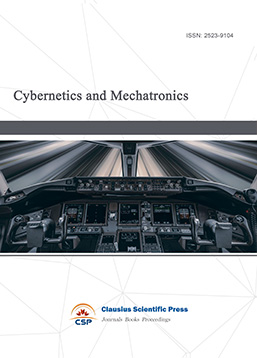
-
Digital Manufacturing and Process Management
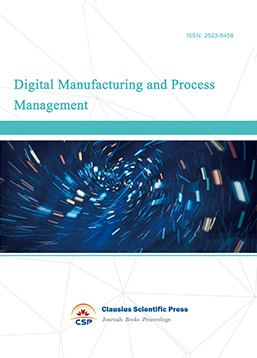
-
Ultra-Precision Machining Process
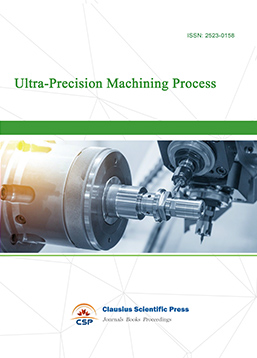
-
Journal of Robotics and Biomimetics

-
Prognostics, Diagnostics and Health Management

-
Micro-Electro-Mechanical Systems
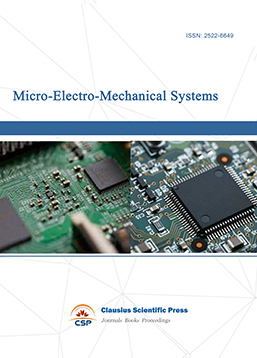
-
Journal of Precision Instrument and Machinery

-
Engineering and Solid Mechanics
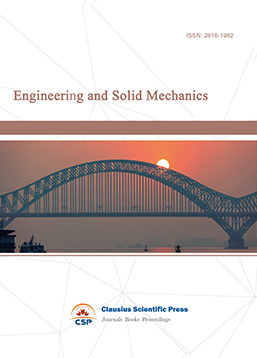
-
Fracture and Damage Mechanics
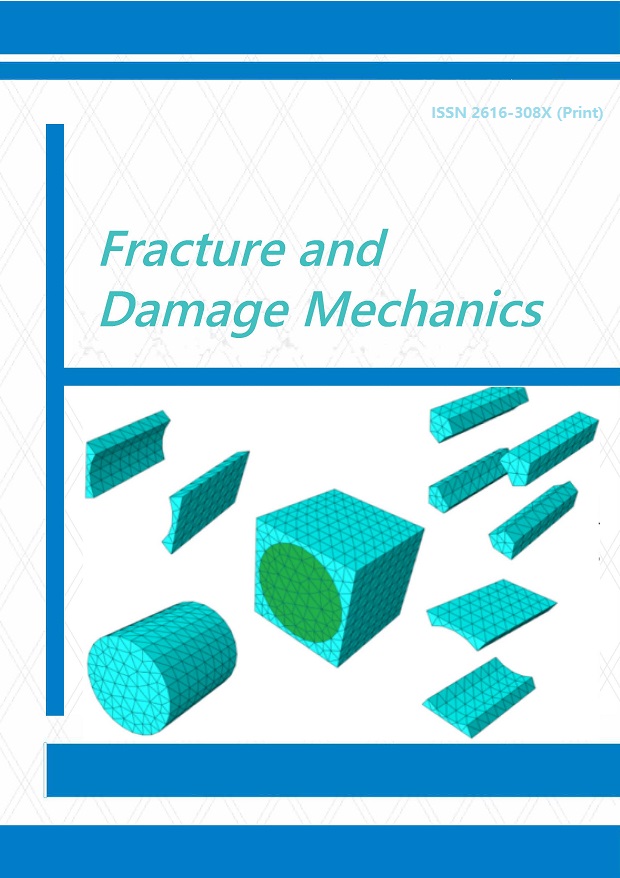
-
Frontiers in Tribology
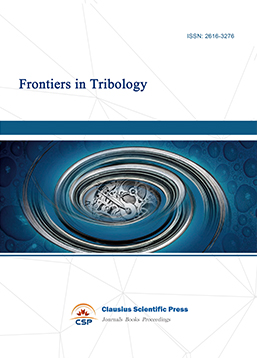
-
Fluid and Power Machinery
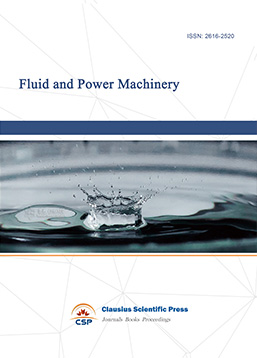
-
Chemical Process Equipment
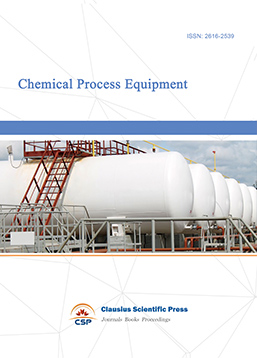
-
Journal of Assembly and Manufacturing

-
Mechanical Vibration and Noise
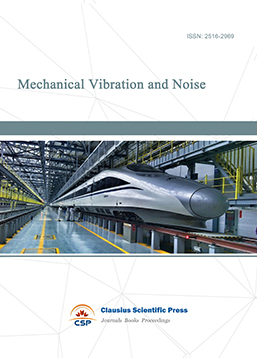

 Download as PDF
Download as PDF